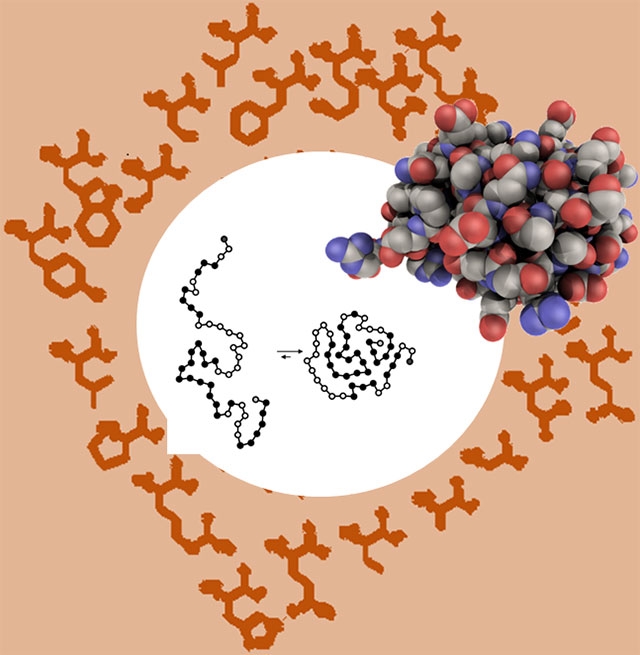1University of Utah Hematology, UC Berkeley Integrative Biology, George and Dolores Eccles Institute of Human Genetics, 15 N 2030 E, Room: 3240, Salt Lake City, UT, 84112, USA.
2National Institute of Science Education and Research Bhubaneswar, P.O. Jatni, Khurda, 752050, Odisha, India.
3German Aerospace Center (DLR), EarthObservation Center (EOC), Münchner Straße 20, 82234, Oberpfaffenhofen-Wessling, Germany.
4Department of Coatings and Polymeric Materials, North Dakota State University, Fargo, ND, 58108, USA.
5Department of Chemistry, University College London, 20 Gordon Street, London, WC1H 0AJ, UK.
6European Molecular Biology Laboratory–European Bioinformatics Institute, Wellcome Trust Genome Campus, Hinxton, UK.
7Wellcome Trust Sanger Institute, Wellcome Trust Genome Campus, Hinxton, UK.
8University of Maryland, Baltimore County, 1000 Hilltop Circle, Baltimore, MD, 21250, USA.
9Earth-Life Science Institute, Tokyo Institute of Technology, 2-12-1-IE-1 Ookayama, Meguro-ku, Tokyo, 152-8550, Japan.
10Structural Genomics Consortium, Nuffield Department of Medicine, University of Oxford, Old Road Campus Research Building, Oxford, OX3 7DQ, UK.
11Department of Chemistry, Emory University, 1515 Dickey Drive, Atlanta, GA, USA.
12Blue Marble Space Institute for Science, 1001 4th Ave, Suite 3201, Seattle, WA, 98154, USA.
13Institute of Advanced Study, 1 Einstein Drive, Princeton, NJ, 08540, USA.
. Any information published on this site will be valid in relation to Science Tokyo.



